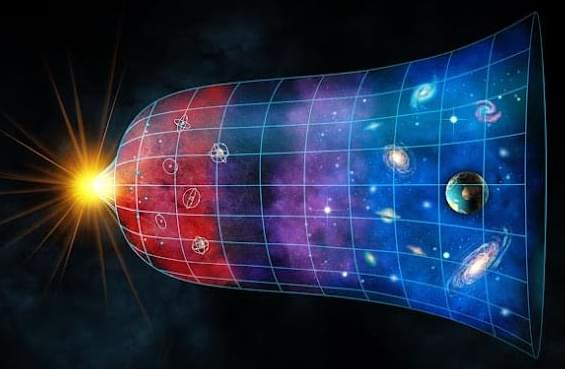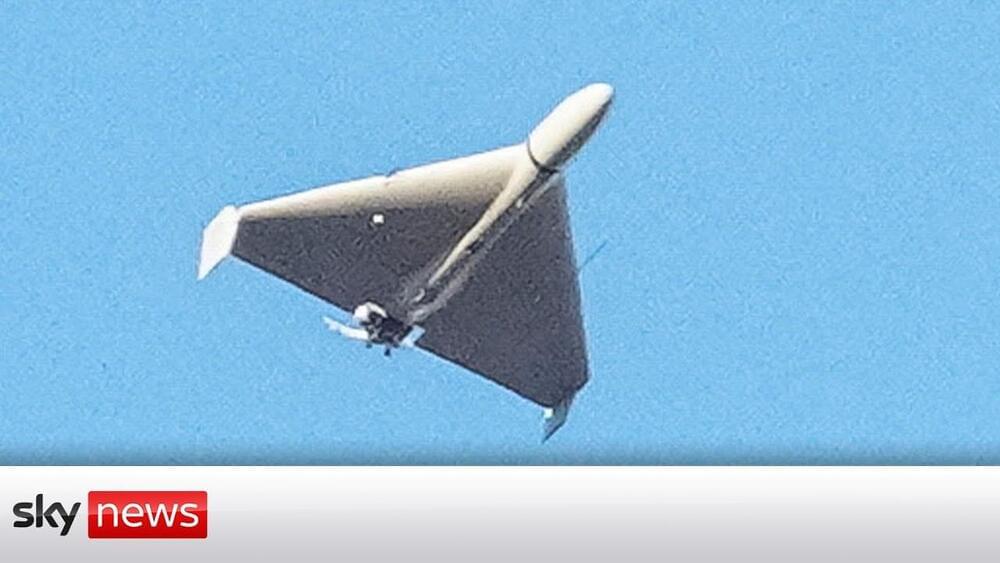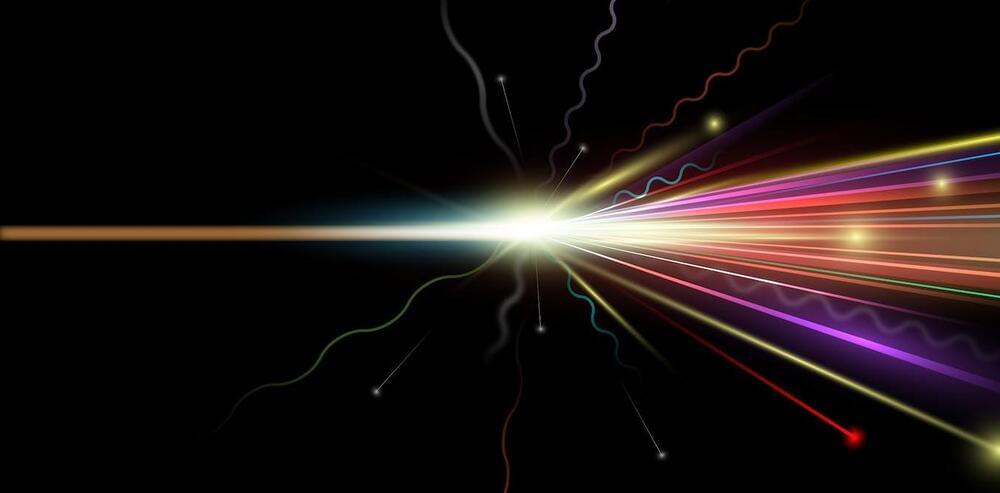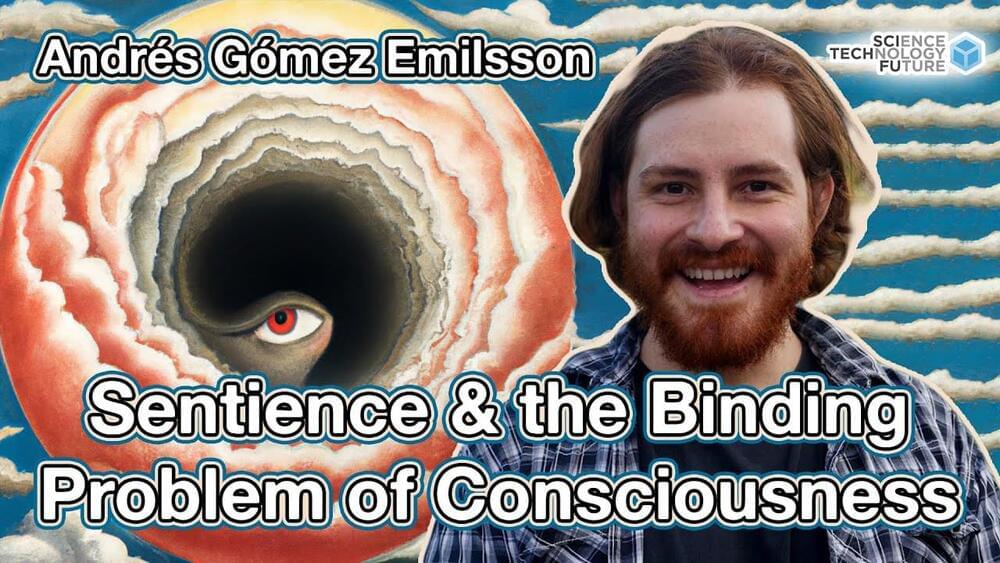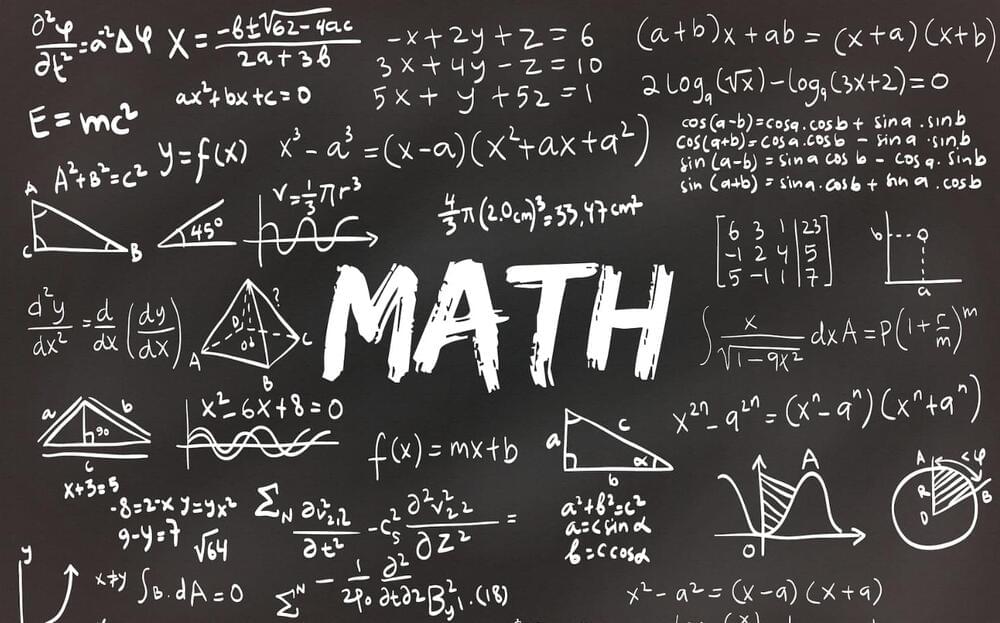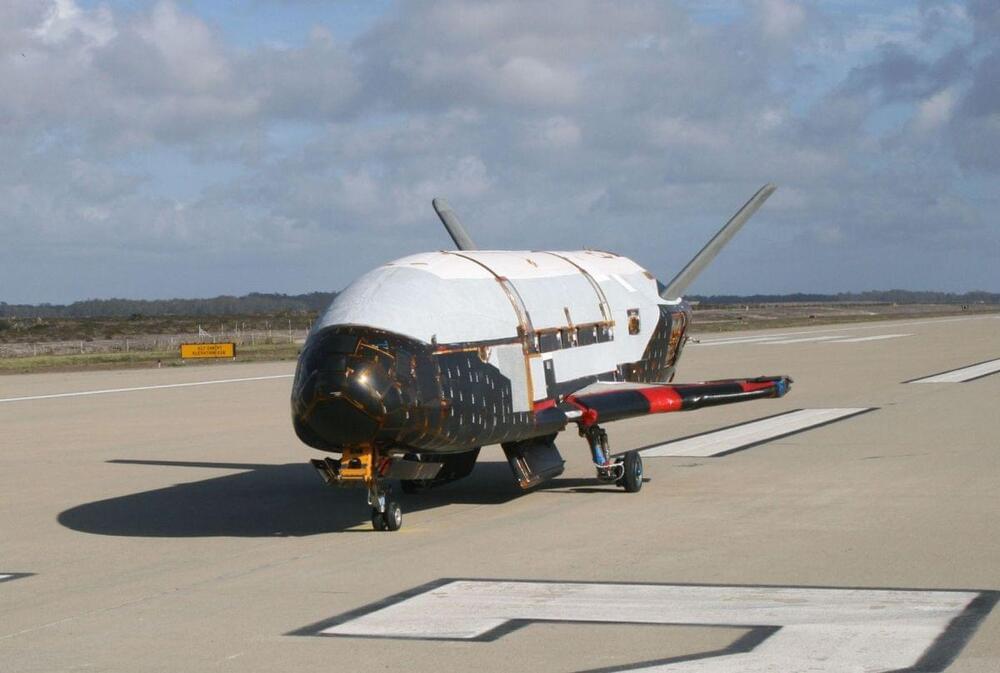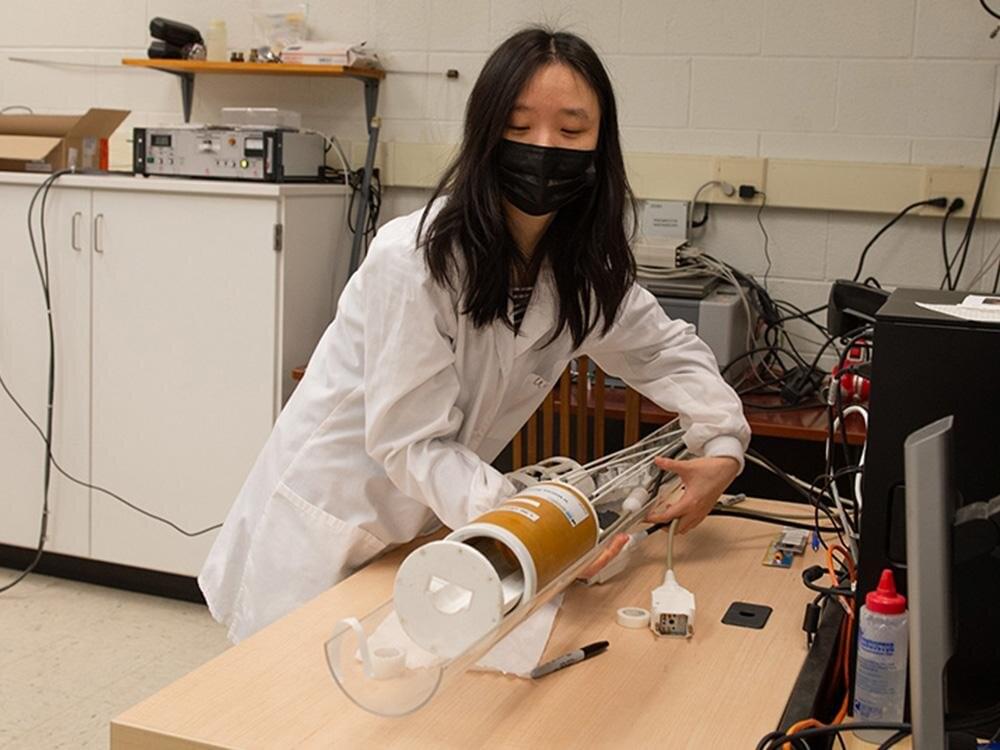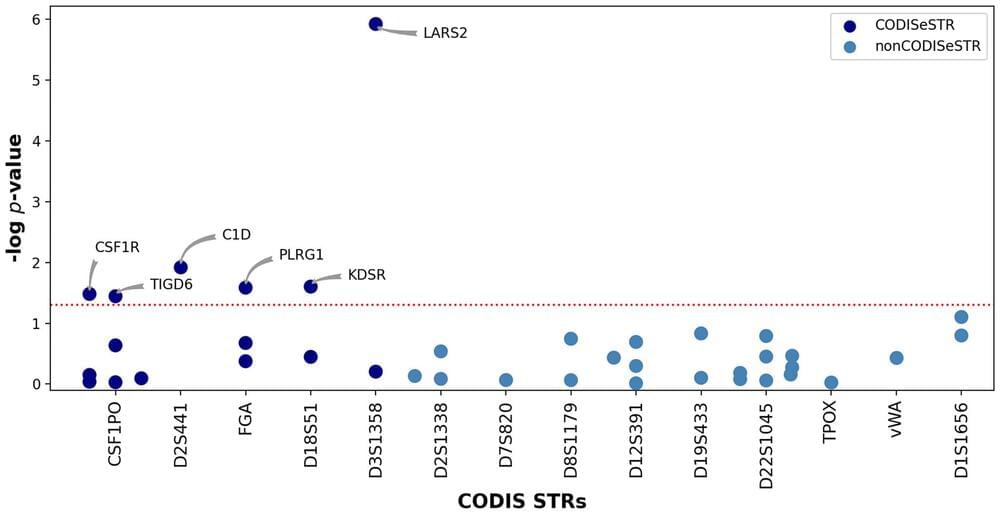The meat of the future may be cultured directly from animal cells without slaughtering livestock. It’s not yet sold in the U.S., but NPR got a tour of a leading start-up and a taste of their chicken.
In the beginning, there was … well, maybe there was no beginning. Perhaps our universe has always existed — and a new theory of quantum gravity reveals how that could work.
“Reality has so many things that most people would associate with sci-fi or even fantasy,” said Bruno Bento, a physicist who studies the nature of time at the University of Liverpool in the U.K.
In his work, he employed a new theory of quantum gravity, called causal set theory, in which space and time are broken down into discrete chunks of space-time. At some level, there’s a fundamental unit of space-time, according to this theory.
A security source has told Sky News that Russia flew €140m in cash to Tehran in exchange for dozens of deadly “suicide drones”.
Moscow also included Western weapons it had captured in Ukraine in the shipment.
There are now fears that Iran could reverse engineer the technology behind the weapons.
#ukraine #skynews #russia #iran #ukrainewar #shahed136
SUBSCRIBE to our YouTube channel for more videos: https://www.youtube.com/skynews.
Follow us on Twitter: https://twitter.com/skynews.
A new particle accelerator has just begun operation. It is the most powerful accelerator of its kind on Earth and will allow physicists to study some of the rarest matter in the universe.
Is LaMDA at Google sentient? Is the current state of the art AI showing signs of having qualia? The phenomenal binding problem asks us to consider, ‘how can huge set of discrete neurons form a unified mind?’ Is topological binding a requirement for AI to be sentient?
Many thanks for tuning in!
Have any ideas about people to interview? Want to be notified about future events? Any comments about the STF series?
Please fill out this form: https://docs.google.com/forms/d/1mr9PIfq2ZYlQsXRIn5BcLH2onbiSI7g79mOH_AFCdIk/
Consider supporting SciFuture by:
a) Subscribing to the SciFuture YouTube channel: http://youtube.com/subscription_center?add_user=TheRationalFuture b) Donating.
- Bitcoin: 1BxusYmpynJsH4i8681aBuw9ZTxbKoUi22
- Ethereum: 0xd46a6e88c4fe179d04464caf42626d0c9cab1c6b.
- Patreon: https://www.patreon.com/scifuture c) Sharing the media SciFuture creates.
Kind regards.
Adam Ford.
- Science, Technology & the Future — #SciFuture — http://scifuture.org
The scientific world has long acknowledged that proving mathematical theorems is an essential first step in developing artificial intelligence. To prove the truth or falsity of a conjecture, one must use symbolic thinking and sort through an unlimited number of alternatives. These tasks are beyond the capabilities of even the most sophisticated AI systems.
The state of the art in artificial intelligence today is to create machines that can “solve at once” or come up with a whole answer to a problem in a single go. However, this is not how most individuals approach difficult situations. Mathematical reasoning is significantly more challenging to formalize and measure.
Meta AI has made an important development at the intersection of artificial intelligence and mathematics. The neural theorem prover developed by the team has completed five times as many IMO problems as any other AI system before it, totaling ten. Concerning miniF2F, a popular mathematics test, the AI model outperforms the state of art by 20% and outperforms Metamath by 10%.
Imagine a robot that could find human beings after a natural disaster because it has a mosquito’s ability to sense human sweat. Shoji Takeuchi of the University of Tokyo has already made a robotic finger that includes living tissue – here he explores possible applications of combining biological material with artificial materials in robotic systems.
http://www.weforum.org/
The World Economic Forum is the International Organization for Public-Private Cooperation. The Forum engages the foremost political, business, cultural and other leaders of society to shape global, regional and industry agendas. We believe that progress happens by bringing together people from all walks of life who have the drive and the influence to make positive change.
World Economic Forum Website ► http://www.weforum.org/
Facebook ► https://www.facebook.com/worldeconomicforum/
YouTube ► https://www.youtube.com/wef.
Instagram ► https://www.instagram.com/worldeconomicforum/
Twitter ► https://twitter.com/wef.
LinkedIn ► https://www.linkedin.com/company/world-economic-forum.
TikTok ► https://www.tiktok.com/@worldeconomicforum.
Flipboard ► https://flipboard.com/@WEF
#WorldEconomicForum #Davos
The U.S. Space Force has a mini-fleet of two robotic X-37B space planes, which have been flying secret missions since 2010.
The most recent mission, called OTV-6, launched in May 2020 and is ongoing. As that name suggests, it’s the sixth flight for the robotic X-37B, which is also known as the Orbital Test Vehicle (OTV). The other five OTV missions launched in April 2010, March 2011, December 2012, May 2015 and September 2017.
We’ve assembled 10 surprising facts about the military space plane for you. Just click the arrows to launch to the next page and enjoy.
US military’s X-37B space plane lands, ending record-breaking mystery mission.
https://www.space.com/space-force-x-37b-space-plane-otv-6-mission-ends
Learn all about the U.S. Space Force’s robotic X-37B space plane, which has flown six mystery missions to date.
Mental health practitioners and meditation gurus have long credited intentional breathing with the ability to induce inner calm, but scientists do not fully understand how the brain is involved in the process. Using functional magnetic resonance imaging (fMRI) and electrophysiology, researchers in the Penn State College of Engineering identified a potential link between respiration and neural activity changes in rats.
Their results were made available online ahead of publication in eLife. The researchers used simultaneous multi-modal techniques to clear the noise typically associated with brain imaging and pinpoint where breathing regulated neural activity.
“There are roughly a million papers published on fMRI—a non-invasive imaging technique that allows researchers to examine brain activity in real time,” said Nanyin Zhang, founding director of the Penn State Center for Neurotechnology in Mental Health Research and professor of biomedical engineering.
Watch any episode of “CSI,” and a character will use forensic DNA profiling to identify a criminal. A new study from San Francisco State University suggests that these forensic profiles may indirectly reveal medical information—perhaps even those of crime victims—contrary to what the legal field has believed for nearly 30 years. The findings, now published in the Proceedings of the National Academy of Sciences, could have ethical and legal implications.
“The central assumption when choosing those [forensic] markers was that there wouldn’t be any information about the individuals whatsoever aside from identification. Our paper challenges that assumption,” said first author Mayra Bañuelos, who started working on the project as a San Francisco State undergraduate and is now a Ph.D. student at Brown University.
Law enforcement uses the Combined DNA Index System (CODIS), a system organizing criminal justice DNA databases that uses specific genetic markers to identify individuals. Crime labs from national, state and local levels contribute to these databases and provide profiles from samples collected from crime scene evidence, convicted offenders, felony arrestees, missing persons and more. Law officials can use the database to try to match samples found in an investigation to profiles already stored in the database.

